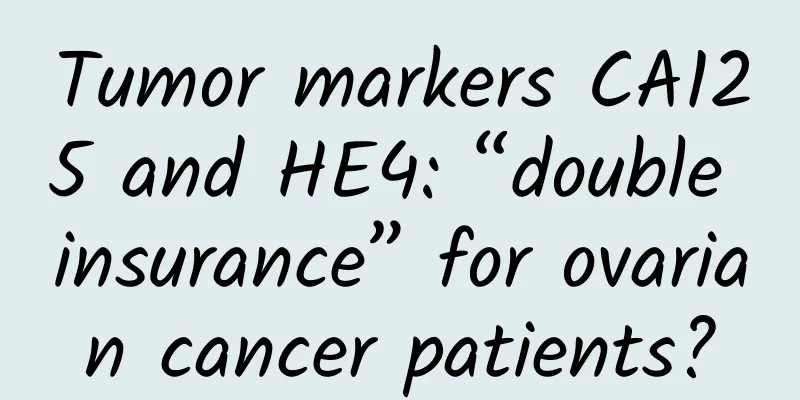The dangers of untreated uterine adhesions

|
In our lives, the female uterus is particularly important to women, because the female uterus can give birth to new life. If there is something wrong with the female uterus, the woman will lose the right to be a mother, so many women will protect their uterus. However, some patients will have uterine adhesions. So what are the dangers of not treating uterine adhesions?
1. Complications. Intrauterine adhesions are often complicated by fallopian tube blockage and fallopian tube adhesions, resulting in fallopian tube obstruction or obstruction, which prevents the sperm and egg from combining normally and smoothly, leading to infertility. 2. It is not conducive to sperm survival. The scarring of uterine wall tissue and uterine cavity closure caused by intrauterine adhesions destroy the integrity of the endometrial layer, leading to physiological dysfunction and disorder of the endometrium, which is very unfavorable for sperm storage, survival and capacitation, thus leading to infertility and miscarriage. 3. Infertility, recurrent miscarriage and premature birth. Secondary infertility is prone to occur after uterine cavity adhesion, and even if pregnancy occurs, recurrent miscarriage and premature birth are prone to occur. Due to adhesions in the uterine cavity, damage to the endometrium, and reduction in uterine volume, the normal implantation of the embryo is affected. And affect the fetus's survival in the uterine cavity to full term.4. Amenorrhea. For those with complete uterine adhesion, amenorrhea may occur in mild cases. The duration of amenorrhea may not be long, and estrogen and progesterone can be used to treat it without causing withdrawal bleeding. Patients with partial adhesions in the uterine cavity and partial destruction of the endometrium will experience scanty menstruation but irregular menstrual cycles. 5. Periodic abdominal pain. Generally, sudden spasmodic pain in the lower abdomen will occur during artificial abortion and about one month after curettage. More than half of them are accompanied by a feeling of anal distension. Some patients have severe abdominal pain, restlessness, difficulty moving, and even passing gas and defecation are very painful.
In general, medication, physical therapy, hysteroscopic surgery and other treatment methods can be used to treat different degrees of intrauterine adhesions. If hysteroscopic laparoscopy or angiography is used to separate adhesions in the pelvic cavity, it is a very effective method to restore the function of the fallopian tubes. The surgical wound is small and the recovery is quick. Pregnancy is possible after hysteroscopic separation treatment. The main causes of uterine adhesions are damage to the uterus caused by artificial abortion or induced labor, inflammation caused by gynecological surgery and other human factors. In order to prevent the occurrence of uterine adhesions, it is very necessary to check the uterus regularly. Problems can be discovered early, and appropriate methods can be selected in time for treatment to reduce damage to women's bodies and fertility. |
<<: Why do women have cold stomachs?
>>: Does acne on the philtrum mean that the uterus is not good?
Recommend
How to fix the problem of pig's trotters not being cooked through? Why should we buy the front trotters?
Pig's trotters have become a favorite food fo...
Intermittent menstruation
Menstruation is a very normal thing for women. Af...
How to stop breastfeeding after induced labor? Keep these measures in mind
Many women will secrete milk after induced labor,...
Chronic cervicitis with glandular phospholipidosis
If chronic cervicitis is not treated promptly, it...
Is surgery necessary for breast nodule 4a?
Breast nodule 4a is the early stage of cancer, an...
Can I take licorice tablets during breastfeeding?
The pregnancy and breastfeeding periods for women...
What causes chest pain after childbirth?
The breasts of pregnant women are very important ...
What to do about amenorrhea caused by obesity
I believe everyone knows what amenorrhea is. To p...
Can I take a shower after having an abortion?
Can I take a shower after having an abortion? Man...
A variety of infectious diseases are prevalent! What are the different symptoms? A quick picture
Recently, disease control centers in many places ...
Toothache is not a disease, but when it hurts... is it a heart attack?
Review expert: Wang Xin, deputy chief physician o...
When is the best time to repot the keel flower? What should you pay attention to when repotting the keel flower?
Dragon bone flowers are quite common in life. Bec...
How to increase female estrogen
I believe that women who have prepared for pregna...
Can I get tetanus during pregnancy?
During pregnancy, pregnant women should not only ...
What does vaccination “catch”?
Author: Chen Dianjie, Fifth Medical Center, PLA G...









